Retirement planning includes tax planning. It’s important you understand how to use IRA contributions and distributions to help clients tax plan. This knowledge allows you to minimize clients’ tax liabilities and ensure compliance with IRS regulations, making it essential for any well-rounded tax pro managing clients’ retirement savings.
Below, you’ll find a few of the top questions from a recent webinar on the topic and their accompanying answers. If you choose to attend the on-demand version of this webinar, you can access the full recording and the entire list of Q&As.
Q: For the backdoor Roth, does the rollover have to be in the same year?
A: No, however, if there are earnings, then part of the rolled-over amount will be taxable.
Q: Are children required to have earned income to contribute to a Roth IRA?
A: Yes, anyone who wants to contribute to an IRA or Roth IRA must have earned income.
Q: Are qualified charitable deductions (QCDs) deductible on Schedule A?
A: No, they are not deductible since the required minimum distribution (RMD) used as the QCD is not included in income.
Q: Is Schedule C (Form 1040), Profit or Loss from Business (Sole Proprietorship), and Schedule F (Form 1040), Profit or Loss From Farming, income considered earned income for IRA purposes?
A: Yes, self-employment income is considered earned income.
To learn more about IRAs, you can watch our on-demand webinar. NATP members can attend for free, depending on membership level! If you’re not an NATP member and want to learn more, join our completely free 30-day trial at natptax.com/explore.
Information included in this article is accurate as of the publish date. This post is not reflective of tax law changes or IRS guidance that may have occurred after the date of publishing.
